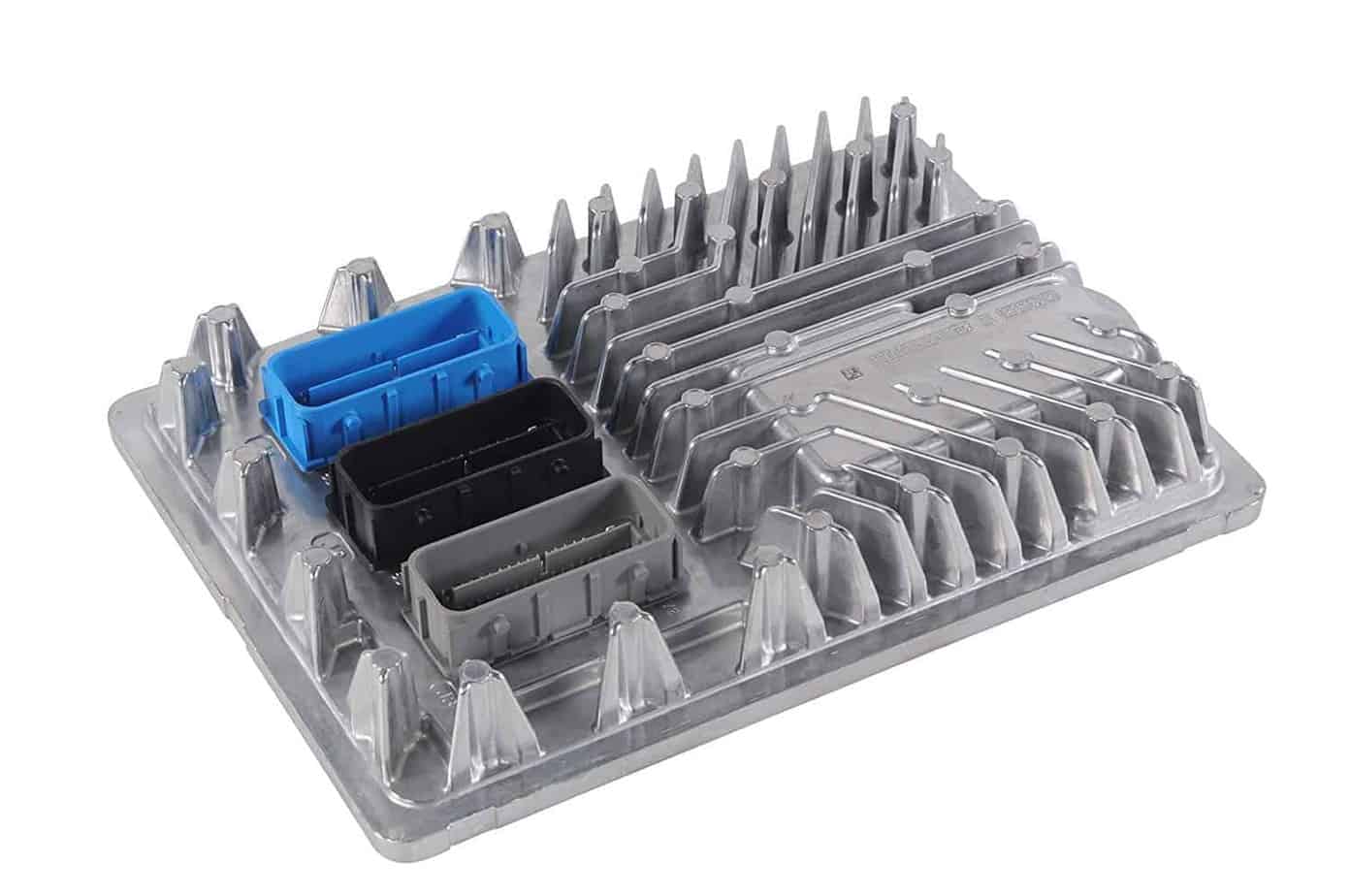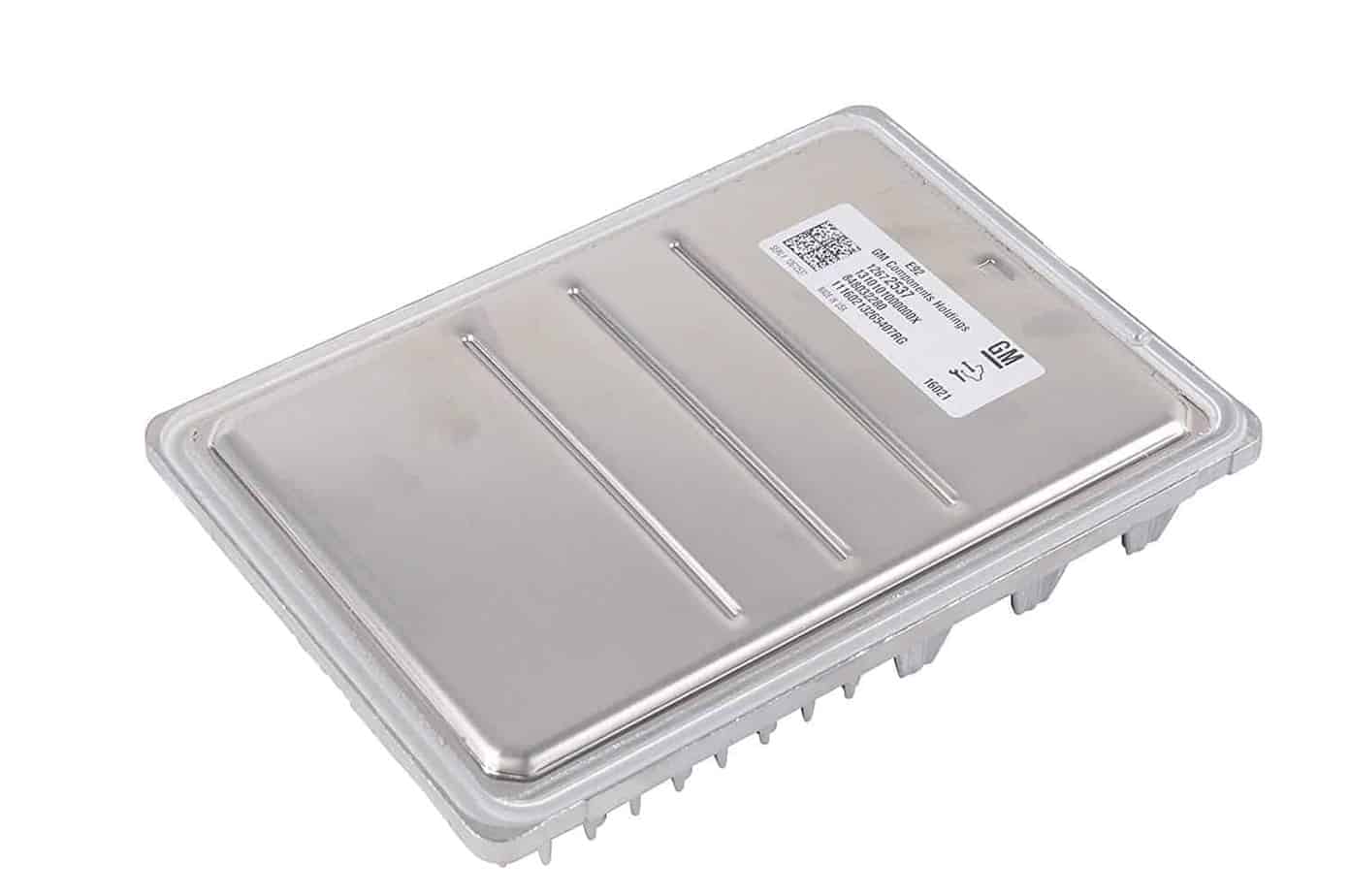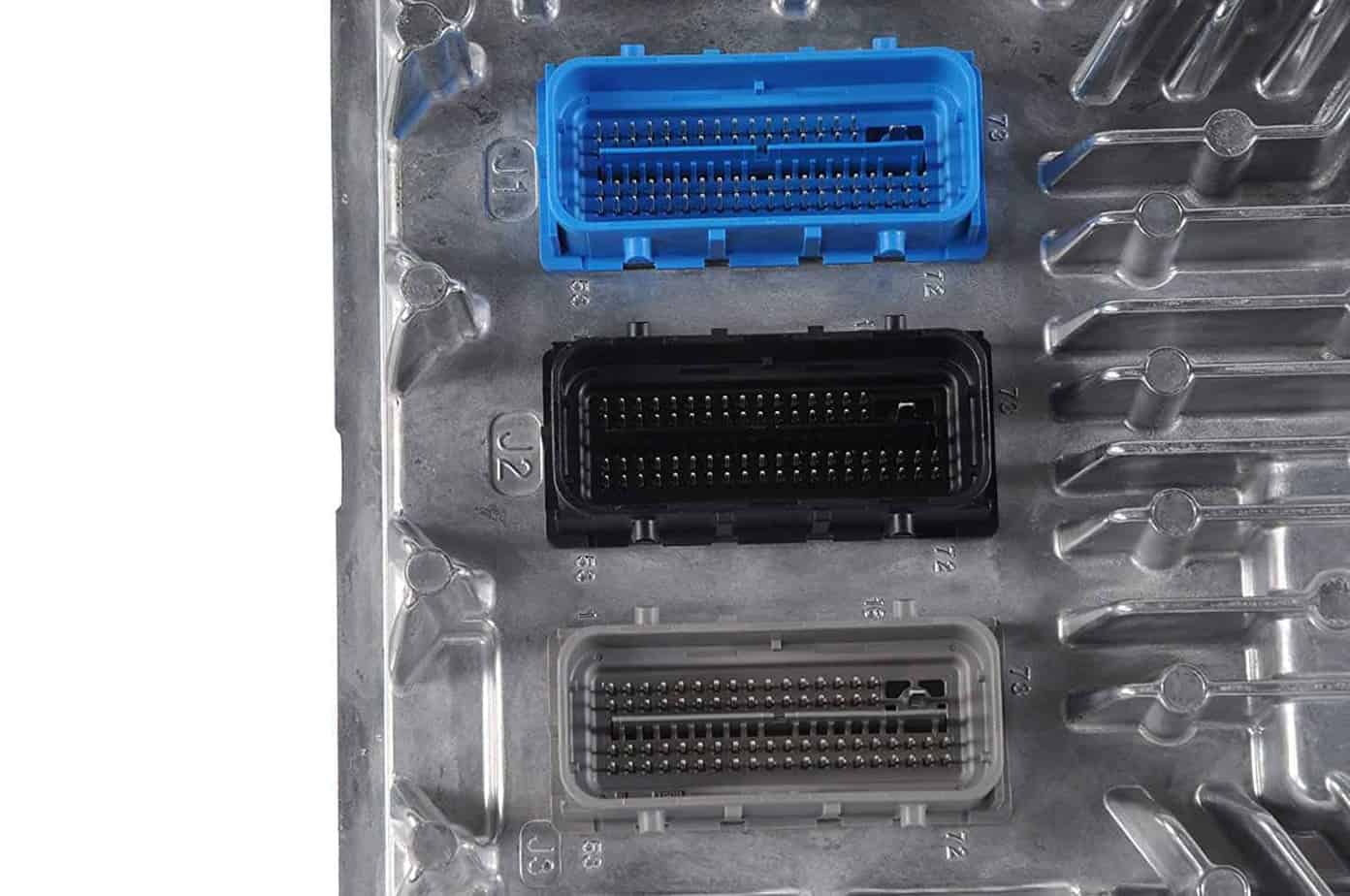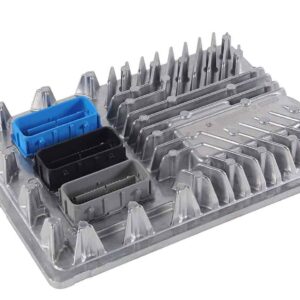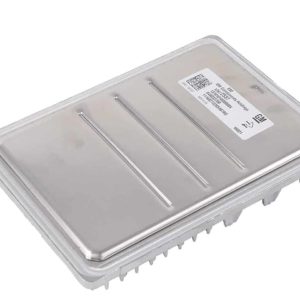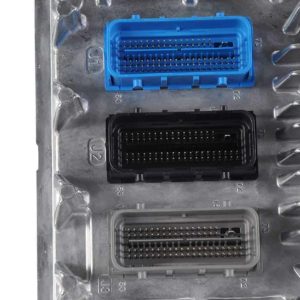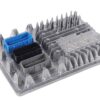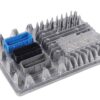Restore Peak Performance to Your GM Truck or SUV
As a technician with over two decades of experience under the hood, I’ve seen firsthand how a failing Engine Control Module (ECM) can bring a perfectly good vehicle to a standstill. If your 2015-2016 GMC Yukon XL 1500 is suffering from perplexing issues like a persistent check engine light, erratic engine behavior, or a no-start condition, the root cause is often the vehicle’s electronic brain. This isn’t just a part; it’s the central command center for your engine’s performance, fuel economy, and emissions. When it fails, nothing works right.
This replacement ECM, part number 12663391, is the definitive solution to get your vehicle back in top form. We take the guesswork and dealership hassle out of the equation. Before this module ever leaves our facility, we flash it with the latest GM-certified software, specifically programmed to your vehicle’s unique Vehicle Identification Number (VIN). This ensures seamless communication between the module and your Yukon’s various systems, restoring the precise factory-level operation you expect. Don’t let a faulty computer sideline your truck. This is the reliable, straightforward fix you’ve been searching for.
A Technician’s Notebook: The Intermittent No-Start Nightmare
I once had a 2015 Sierra 1500 (which uses the same ECM platform as the Yukon) come into the bay with an issue that was driving the owner crazy. It would start fine for a week, then suddenly refuse to crank. No codes, no warning. After checking all the usual suspects—battery, starter, grounds—I hooked up my high-level scan tool. I noticed that during the no-start events, the ECM wasn’t communicating on the CAN bus. It was as if it was asleep. After a few hours of live data monitoring, I caught it: the internal processor was failing under specific temperature conditions. Swapping in a properly programmed ECM like this one solved the problem instantly. These intermittent electrical faults are often the first sign of a failing 2015-2016 Yukon XL 1500 ECM.
Is Your Yukon Showing These ECM Failure Signs?
A failing ECM can manifest in numerous ways. If you’re experiencing any of the following, it’s a strong indicator that your module needs attention. Look out for:
- ✔ Check Engine Light is on with codes like P0601 (Internal Control Module Memory Check Sum Error), P0606 (ECM/PCM Processor Fault), or various communication codes (U-series).
- ✔ The engine cranks but will not start.
- ✔ Severe drop in fuel economy for no apparent reason.
- ✔ Rough or unstable idling and frequent stalling.
- ✔ Noticeable loss of power and poor acceleration.
- ✔ Transmission shifting issues or harsh engagement.
- ✔ Your scan tool cannot communicate with the ECM.
Your Step-by-Step ECM Swap Guide
Replacing the ECM on your Yukon is a manageable job for a DIYer with basic tools. Our pre-programmed module makes it even simpler. Follow these general steps to get back on the road:
- Safety First: Always disconnect the negative terminal from your vehicle’s battery and secure it away from the post.
- Locate the ECM: On most 2015-2016 Yukon XL 1500 models, the ECM is located in the front of the engine compartment on the driver’s side, near the air filter housing.
- Disconnect Connectors: Carefully release the locking tabs on the electrical connectors and pull them straight out from the module. Never force them. Inspect the pins for any corrosion.
- Remove the Old Module: Unbolt the old ECM from its mounting bracket. Keep the hardware as you will reuse it.
- Install the New ECM: Mount your new, pre-programmed module onto the bracket and secure it with the original hardware.
- Reconnect Everything: Firmly plug the electrical connectors into the new ECM until they click into place. Reconnect the negative battery terminal.
- Final Steps: In many cases, a security relearn procedure may be required for the vehicle to start. This can often be done without special tools (e.g., turning the key to ‘ON’ for 10-15 minutes). Consult a service manual for your specific vehicle’s procedure.
Verified Fitment for Your GM Vehicle
This module is a direct replacement for part number 12663391 and is compatible with a wide range of GM trucks, SUVs, and cars. Please verify your part number or match your vehicle from the list below. Providing your VIN upon purchase is essential for us to ensure 100% correct programming.
CAMARO (2016)
CANYON (2015-2016)
COLORADO (2015-2016)
CORVETTE (2014-2016)
CTS (2014-2016)
ESCALADE & ESV (2015-2016)
SIERRA 1500 & DENALI 1500 (2014-2016)
SILVERADO 1500 PICKUP (2014-2016)
SUBURBAN 1500 (2015-2016)
TAHOE (2015-2016)
XTS (2014-2016)
YUKON & YUKON XL 1500 (2015-2016)
Note: Compatibility may depend on specific options or engine IDs. Cross-referencing compatible part numbers (12692067, 12676230, 12656993, etc.) is recommended.
Frequently Asked Questions About Your 2015-2016 Yukon XL 1500 ECM
Frequently Asked Questions
What exactly does VIN programming do?
VIN programming loads your vehicle’s specific software, including engine parameters, transmission strategy, and security information, onto the ECM. This makes the module a true plug-and-play component for your exact vehicle, avoiding conflicts that arise from using a generic, non-programmed part.
How do I provide my VIN number?
After you complete your purchase, simply send us a message with your 17-digit VIN. We cannot ship the module until we receive this information, as the programming is the most critical step.
Will I need to have a dealer perform any additional steps?
In most cases, no. Our programming handles the majority of the setup. However, some GM vehicles require a security relearn or crankshaft position sensor variation relearn after installation. These can often be performed by the owner or any competent repair shop.
Is this a reliable, long-term fix?
Absolutely. We use high-quality, tested modules and flash them with the latest stable software from GM. This addresses common failure points and ensures the module performs to or exceeds original factory standards for a lasting repair.
What tools are required for installation?
Typically, you will only need basic hand tools, such as a socket set and ratchet, to remove the mounting bolts. No specialized electronic tools are needed for the physical installation.
